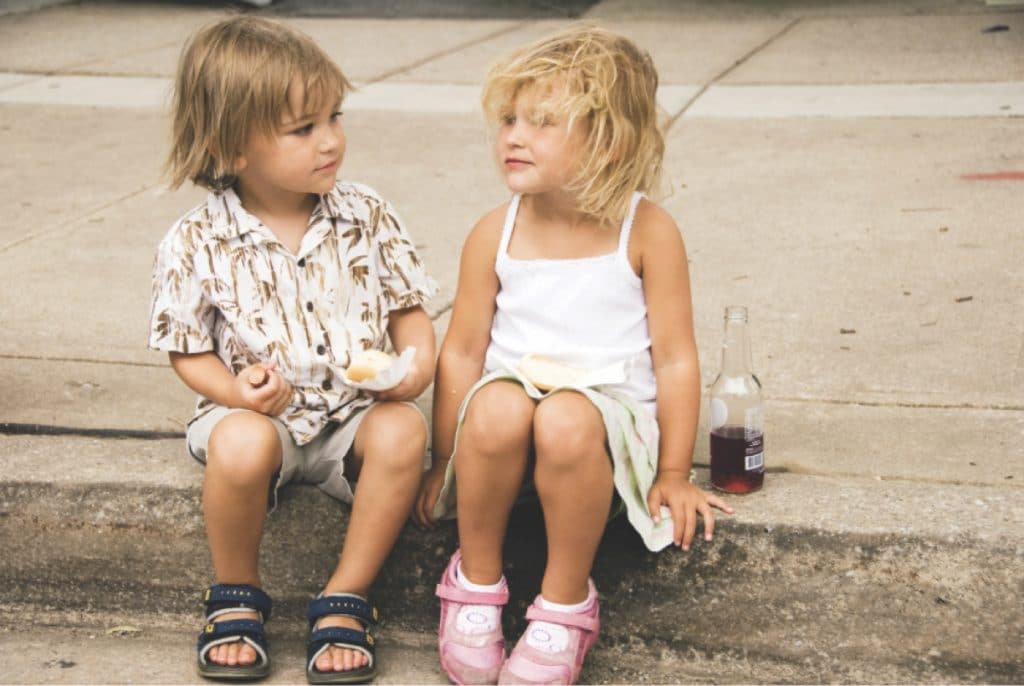
About Brain Injury
When the brain is injured, the child will either have a problem with the incoming sensory pathways or the outgoing motor pathways or both. When a child cannot see, hear or feel properly, he cannot respond to the world around him appropriately. This may be a severe problem, as it is with the child who is functionally blind, deaf, insensate, paralyzed, and speechless.
This may be a moderate problem, as it is with a child who can not use both eyes together properly, lacks the fine-tuning to handle the common sounds in the environment, or is too sensitive or not sensitive enough to touch and may not yet be able to move or talk or use his hands at age level.
This may be a mild problem, as it is with a child who cannot read, write or do math at age level and who may lack the balance, coordination, language, and manual competence of his peers.

 Donate
Donate





















